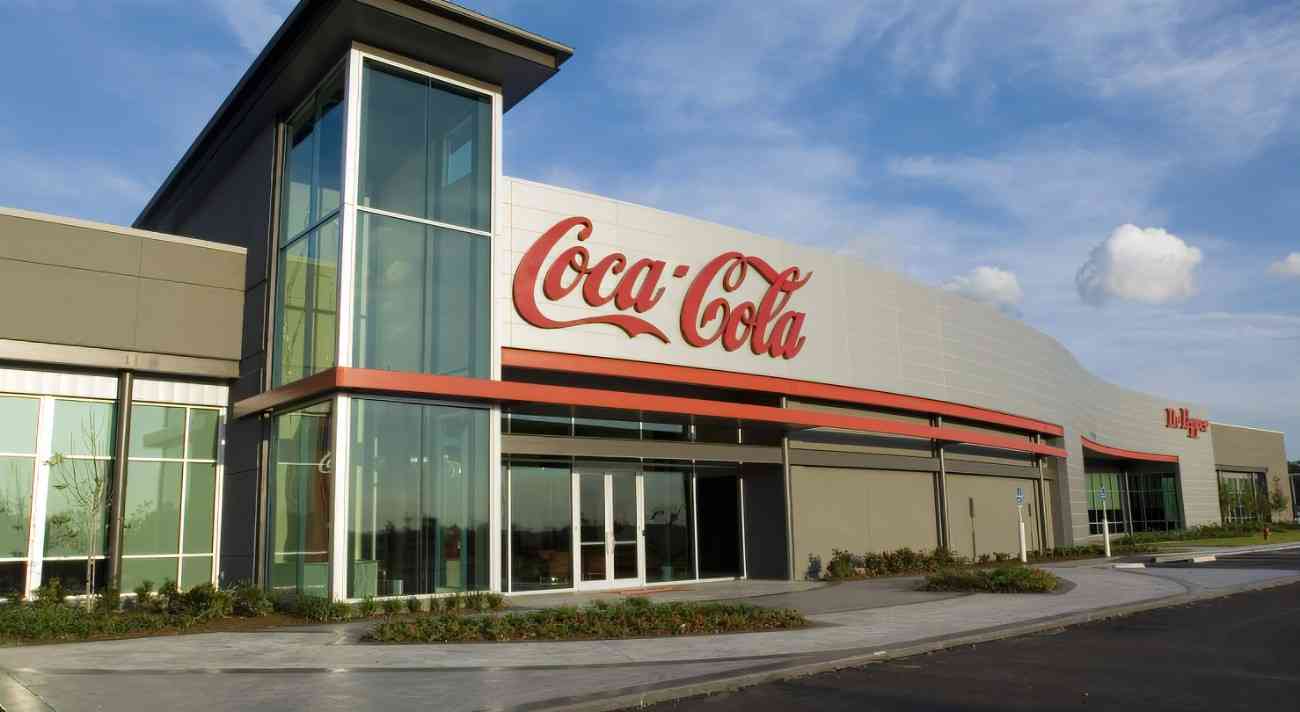
Many leaders often confuse strategy with planning.
While planning focuses on short term execution, strategy is fundamentally about making deliberate, difficult choices that position a company to win in the long term. However, the strategy doesn't emerge in a vacuum.
Businesses need to first engage in foresight—the process of scanning the future for trends, opportunities, and risks.
In this article, we will explore how foresight and strategy are sequenced, how they work together, and how businesses can make winning strategic choices.
I will use real-world examples that will illustrate how companies leverage both foresight and strategy to thrive in competitive environments.
The role of foresight
Foresight is the process of anticipating future trends, disruptions, and opportunities.
It involves looking beyond the present and thinking about how changes in technology, society, economics, and regulations might affect your business. Foresight helps companies prepare for the future, identifying both risks and opportunities that others may overlook.
- Zimbabwe yet to receive Starlink application
- Is Africa ready to join the IoT revolution?
- Starlink : A potential lifeline for rural Zimbabwe
- Telcos face disruption as Elon Musk’s Starlink eyes Zim
Keep Reading
In Zimbabwe, the coming of Starlink is an example. Some companies never anticipated this day.
Several tools are available to help companies effectively engage in foresight.
One of the most valuable tools is scenario planning. This method allows organisations to envision multiple plausible future outcomes and to test strategic options against those possible futures.
Scenario planning is particularly useful for industries subject to high levels of uncertainty. Companies can map out different trajectories for their business environment and prepare robust strategies across a range of possibilities.
Another powerful tool is Systems Thinking, which helps businesses understand the interconnectedness of various factors influencing the future. Systems Thinking encourages organisations to consider how changes in one area of the business or broader environment can ripple through and affect other parts.
For example, a company could analyse how technological disruption in one industry might lead to regulatory changes or shifts in customer preferences.
By understanding these systems, businesses can make more informed decisions that account for the complexity of their operating environment.
Future Wheels is another foresight tool that helps companies visualise the ripple effects of a particular event or trend.
It allows organisations to explore the consequences of potential changes and see how different outcomes might emerge.
Future Wheels can provide a structured way to brainstorm and map out second and third-order impacts of a new technology, policy change, or market disruption.
This tool helps companies understand the full range of possibilities and anticipate both opportunities and risks.
Finally, Environmental Scanning is a foundational practice in foresight.
This involves systematically monitoring the external environment for signs of emerging trends, weak signals, and disruptions. Environmental scanning includes looking at political, economic, social, technological, environmental, and legal factors (often referred to as PESTEL analysis) that could shape the future. Companies that consistently engage in environmental scanning are better equipped to notice subtle shifts in their market or industry that others might miss.
By using tools like Scenario Planning, Systems Thinking, Future Wheels, and Environmental Scanning, companies can build a more comprehensive and effective foresight practice.
This foresight, in turn, allows them to make better informed strategic choices. Foresight often starts with observing emerging trends in technology, customer behaviour, or regulations.
Competitive disruptions, such as innovations from industry players, can also push a business to look forward and plan accordingly.
In addition, external shocks like global pandemics or economic downturns can spark foresight by forcing companies to rethink their future. By anticipating these external factors, businesses can make better informed decisions about their long term trajectory.
Tesla offers a prime example of foresight in action.
The company anticipated that the automotive market would shift towards renewable energy due to tightening environmental regulations and changing consumer preferences.
Using foresight, Tesla made early investments in electric vehicle (EV) technology, becoming a market leader as the rest of the industry struggled to keep pace.
Without foresight, Tesla may have remained focused on traditional vehicles, missing the electric revolution entirely.
Strategy
Once foresight has painted a picture of potential futures, the next step is strategy. Strategy is about making specific, deliberate choices that position the company to win in the market. The Playing to Win framework, developed by Roger Martin and AG Lafley, provides a structured approach to making these choices. This model emphasises that effective strategy answers five critical questions.
First, a company needs to define its winning aspiration. This involves setting a clear purpose beyond just financial goals, focusing on the value the company seeks to create for its customers.
For example, Nike's winning aspiration is to “bring inspiration and innovation to every athlete in the world." This clarity of purpose helps Nike make strategic choices that go beyond selling shoes—it guides product innovation, marketing, and branding decisions across the company.
Next, businesses must decide where to play. This involves determining which markets, customer segments, and geographies the company will focus on.
Rather than trying to serve every customer or compete in every market, strategic companies focus their resources where they can win.
Apple made a deliberate decision to focus on premium consumer electronics, targeting customers who value design, quality, and innovation.
By doing so, Apple differentiated itself and maintained high profit margins, unlike competitors in the low-cost electronics market.
Capabilities play a crucial role in executing the strategy.
Businesses must develop the internal strengths needed to deliver on their strategic choices. Tesla, for instance, recognised early on that superior battery technology would be key to its success in the EV market.
As a result, Tesla invested heavily in research and development and built its Gigafactories to produce batteries at scale.
This capability became a critical driver of Tesla's competitive advantage.
Finally, companies must establish the right management systems to ensure that their strategies are executed effectively. These systems include performance measurement tools, governance structures, and incentive mechanisms that align the company's operations with its strategic goals.
The sequence
The sequence is clear: foresight first, then strategy.
Foresight provides the context, identifying future trends and challenges that inform the strategic choices a company makes. Strategy, in turn, defines how the company will position itself to respond to or shape the future.
In practice, this means that businesses should first engage in environmental scanning to analyse external trends and assess potential future scenarios.
Once foresight has provided a clear view of possible future developments, companies can begin making strategic choices about where to play and how to win.
Tesla's ability to anticipate the future of EVs through foresight and make bold strategic choices based on that foresight is an example of this sequencing in action.
While foresight typically comes first, the process is iterative.
As the market evolves and new trends emerge, companies must revisit their foresight efforts to refine their strategies. Conversely, as companies implement their strategies, they gain insights that can influence future foresight.
Microsoft's journey into cloud computing illustrates this point. The company initially used foresight to recognise the rise of cloud services and pivoted from traditional software to cloud based solutions with its Azure platform.
As Microsoft continues to grow its cloud business, it remains vigilant about emerging trends in AI and big data, using these insights to adjust its strategy and stay ahead of competitors.
Planning and execution
Once foresight has informed the strategy and the strategic choices have been made, the next step is planning and execution.
Planning focuses on translating those strategic choices into actionable steps.
This includes setting short term objectives, allocating resources, and developing detailed action plans to ensure the strategy is implemented effectively.
Netflix provides a case in point.After deciding to pivot from DVDs to streaming, Netflix's planning and execution involved securing content licenses, building a robust streaming platform, and marketing the new service to its growing customer base.
In addition to long term foresight and strategic planning, companies must stay agile in the short term._
Signaling refers to the immediate tactical responses a business makes to market conditions or competitive moves. While foresight and strategy focus on the long term, signaling ensures that companies remain responsive to immediate challenges without deviating from their strategic vision.
During the COVID-19 pandemic, many retailers had to make quick tactical adjustments to shift to online delivery and curbside pickup. These adjustments allowed them to continue serving customers while maintaining their long term strategic focus.
Conclusion
Businesses may need to reflect on the way they develop their strategies.
Businesses must first engage in foresight—exploring future trends, disruptions, and opportunities. Foresight helps companies see where the world is going and prepares them to respond.
Once foresight provides a view of the future, companies can develop strategy by making deliberate, informed choices about where to play and how to win.
The sequence is clear: foresight first, strategy second. However, the process is iterative, with foresight continually feeding into the strategy to ensure that organisations stay ahead of change and remain competitive. By mastering both foresight and strategy, businesses can position themselves to not just survive but thrive.
The key takeaway is, strategy is about making choices, but those choices must be based on solid foresight to navigate the complex business landscape.
Together, foresight and strategy offer a powerful framework for building long term success.
Nguwi is an occupational psychologist, data scientist, speaker and managing consultant at Industrial Psychology Consultants (Pvt) Ltd, a management and HR consulting firm. https://www.linkedin.com/in/memorynguwi/ Phone +263 24 248 1 946-48/ 2290 0276, cell number +263 772 356 361 or e-mail: mnguwi@ipcconsultants.com or visit ipcconsultants.com.










